I love combining subjects for homeschool when I can. Tangrams are a great way to combine math and art, along with science, religion, or history. We haven’t worked with tangrams for a while, so I’ve decided to make today a tangram day at school.
A few years ago when we did one of our first Bible-based units on the days of creation, we also read Grandfather Tang’s Story by Ann Tompert. The book uses tangrams to illustrate the fairytale a Chinese grandfather tells his granddaughter. After reading the book, we made our own tangrams of one of the six days of creation. D and M made a shark and an alligator respectively, while I went all out and made a tangram version of Michelangelo’s Creation of Adam, which we had studied.
Recreate a masterpiece with shapes
For today, we’re each going to choose a beautiful but simple work of art. First we will look at the shapes in the picture and make a chalk sketch on construction paper, reducing the picture to its shapes. This will help us look at objects with an artist’s eye.
Then we will try to recreate the shapes as closely as possible, using the pieces of a tangram. Next we will draw the result on plain white paper. After we have drawn the tangram picture, we will color it by filling in each shape with a solid color. I am not sure yet what media we will use for the coloring. I will probably let the boys choose what they think will work best for their individual pictures.
I will post the results on Facebook over the next several days, so make sure you are following me there, if you want to see our creations.
More ideas
Here are some other great resources for working with tangrams:
- The Tangram Book by Jerry Slocum, et. al., is geared towards older students (middle grades and up). It contains over 2000 tangram puzzles, plus a history of tangrams.
- Story Puzzles: Tales in the Tangram Tradition uses slightly different shapes (including half-circles) to illustrate folk and fairy tales. It is meant as a guide for a teacher to use with a felt board or other story board.
- Warlord’s Puzzle by Virginia Pilegard features a boy who shows his father how to reassemble a broken tile for a warlord. Pilegard has other books in the series dealing with different math concepts. They’re all worth a read.
- Here is a pattern to get you started.
I would love to see what you and your children create! If you post your tangrams to Facebook, tag me on it and I will share them.
Connie Rossini
P.S. If you missed my post on Poetic Math, you might want to go back and read that too.

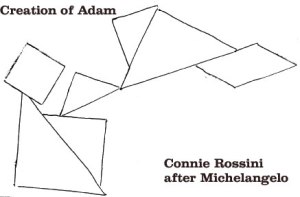



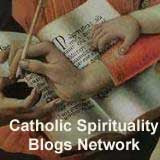
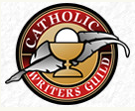



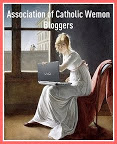


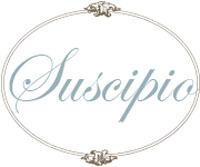
Fascinating. I think the three-sided rectangle best describes the world today. Have a great weekend. God bless you and yours!
Three-sided rectangle–that’s a new one to me. Can you explain exactly what your analogy means?
Something is missing in both 😉
In some respects the above lesson describes the basis of abstract art (and cubism). You may want to also tie your lesson into art history.
Michael, we have studied Picasso in the past with an art program we use. D commented that this assignment wouldn’t work with Picasso, and I told him it would actually work especially well. But he chose to do Botticelli instead.
Pingback: 15/7 2021 – Site Title